- 4/16/2018 I Fell Asleep While Doodling Last Night (I Kept A Iron Grip On The Apple Pencil The Whole

- 4/16/2018 I fell asleep while doodling last night (I kept a iron grip on the Apple Pencil the whole time till I woke up)
More Posts from Evanebon and Others
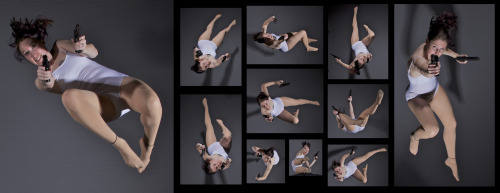
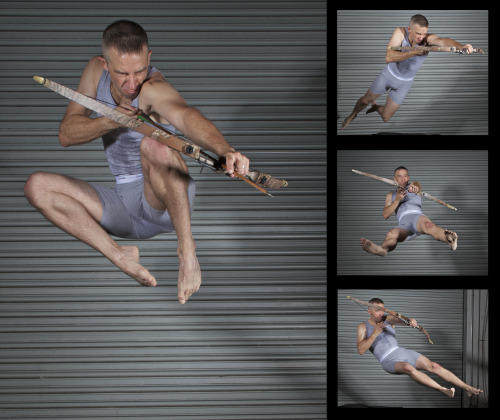
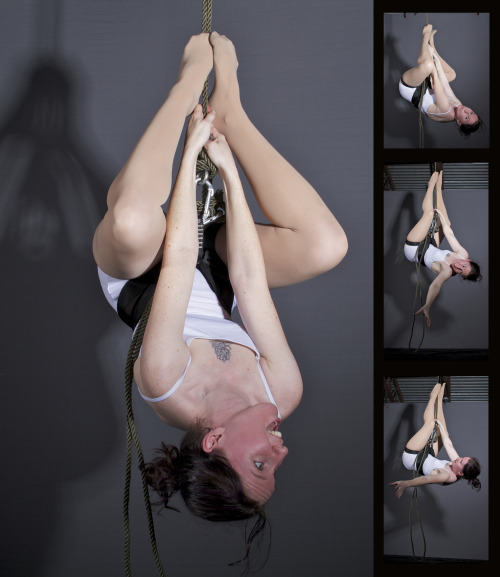
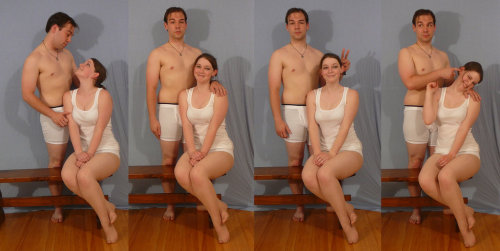
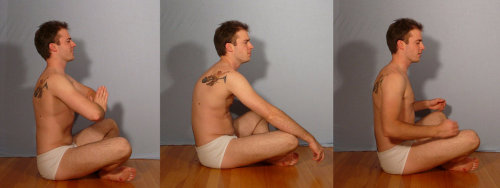
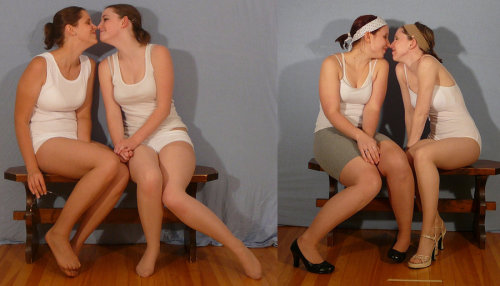
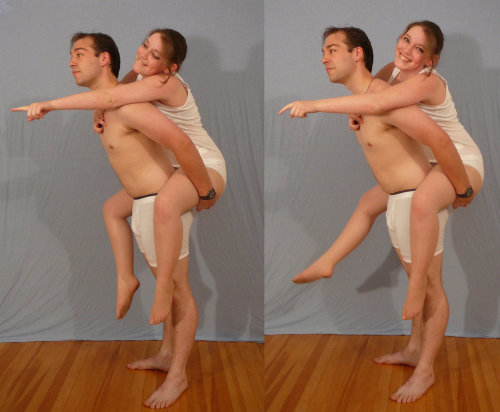
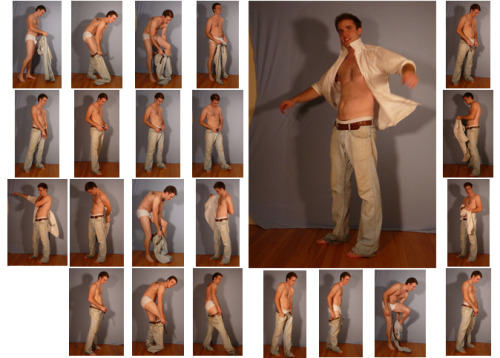
SenshiStock’s gallery consists of millions of pictures that are free to use as reference.
General Drawing Poses Sit and Kneel Dramatic and Reaching Drawing Poses Magic and Hogwarts Drawing Poses Staff Weapon Pose Reference Hammer, Axe and Bat Pose Reference Sword Weapon Drawing Reference Small Bladed Weapon Pose Reference Gun Weapon Pose Reference Bow and Arrow Archery Stock Foreshortening and Perspective Poses Dynamic Flying Falling Action Poses Deafeated or Laying Drawing Poses Magic Crystal Magical Girl Wand Weapon Transformations and Dance Cards Back Pose Reference Pin Up Inspired Poses for Drawing Performances Poses Life in General Poses Fights and Fighting Pose Reference Leaning Poses Classic Sailor Senshi Poses Wings Sailor Moon Villains Pairs Romance or Couples Pose Reference All the Male Stock Hanging Stock Drawing Reference Three or More Groups Instruments Mirrors Whip Technobabble
It could be because I haven’t slept in too long but I kept thinking variations of I can’t believe we used to think the future could be like this in any way... wait this is a video, of real life... someone actually did this.
Then I’d watch a couple more scenes and loop the same thoughts
NASA playing God.
How do you draw the alien & dragony feet so well?? I can never get the toes right, any advice?
Sure do! I usually start with a human-ish shape then extend the toes into a dragony shape. Knowing the basics helps when you want to make something new:



A lot of times you can get away with just drawing the basic shape and some nonsense lines to mimic muscles/tendons and it’ll look good!
If you want to know more about how legs work on the inside I’d suggest looking at the legs of emu, ostrich, big cats, deer, and horses. Emu and ostrich legs will give you a look at that scalie/fleshy toe texture. The tendons in big cat paws are very dramatic and have that perfect little M shape to their toes because of their retractable claws. Looking at the leg bones of horses and deer, especially the hind legs, will help you better understand how digitigrade(”backwards” bending) legs work.

goombella123 asked: how 2 force myself to study so i can get better at anatomy and posing
pearbuddy asked: developing a steady practice? i know the best advice to getting better is to just draw, but i know a lot of people (myself included) struggle with actually making ourselves do it.
cuccosneverdie asked: what kind of practice you did to get good at anatomy? i’m really struggling getting anatomy to look even slightly correct
whereislaurita asked about: Anatomy; ;
elinmeat asked about: FACES. .…. FACES. … .
With regards to anatomy, my favourite book is Figure Drawing: Design & Invention by michael hampton, and lots of tutorials and references in my anatomy tag: http://helpfulharrie.tumblr.com/tagged/anatomy !
Which is all well and good… but how do you actually practice these things?
“Just draw a whole bunch” is only about 15% of the story. In order to self study, you need to:
Identify what you are struggling with. Reflect on what it is about your art you do not like so you can improve upon it!
Figure out what direction it is you want to take your art in. How do you want your art to look? You can find a post I wrote about art direction a couple years ago here: http://helpfulharrie.tumblr.com/post/120523296471/alrighty-then-friends-lets-talk-about-art-styles
Once you identify what you are unsatisfied with, you can figure out what knowledge you are lacking and study it. Read tutorials, books, ask other artists and friends for guidance and critique, etc.!
Then you want to start applying what you have learnt to your art! You can only get so far by reading something, to truly understand it you have to put it into practice and get a feel for what you have learnt.
So lets say, for example, you want to study faces.
You’ll want to seek out some resources that will help you understand the subject, a good place to start would be my faces tag: http://helpfulharrie.tumblr.com/tagged/faces
But I’ll get you started with two resources that helped me the most!
One: Stan Prokopenko’s series on drawing the head at any angle:
It’s a great breakdown of the Loomis Method, a series of guidelines for the face and head created by andrew loomis.
Two: The book I mentioned earlier! It covers the whole figure and I recommend getting it if you can, I do believe there are pdfs out there if you can’t get the book.
But! You can see two of the pages on drawing the head here: http://helpfulharrie.tumblr.com/post/105040269221/from-figure-drawing-design-and-invention
Now you’ve learnt some New Stuff, and you need to put it into practice so you can process what you’ve been told.
So start finding some references! For faces/hands/feet/the human figure, I recommend visiting https://line-of-action.com/, it’s full of photos you can use.
With your references in and, start by tracing the guidelines over the image. This will help you understand what they represent, and why they’re there.

This is a good exercise for understanding anatomy in general, let’s say you instead wanted to study giraffes and have no idea how to draw them.
Look for the large, consistent shapes, and those will become your construction guidelines!

Once you’ve gotten a feel for your guidelines, try them out! Do a bunch of sketches from imagination.

And when you’re confident with them, try them out by drawing from references.

And finally, go back to your art from before you started these studies, I’m going to use something I drew in 2013

And redraw it using what you’ve learnt!

While you’re doing this, pay attention to the areas you got wrong. Make a note of this, so you don’t repeat it in the future.

Ah, much better!
Now repeat the process of: Identify problem, research problem, study problem, apply what you learnt, and you’ll improve for sure. It’ll take time, but the more you learn the closer your art will get to the image you want it to be!
In this post I focused on anatomy studies, but you can do the same thing with anything.
Like for example: colour studies, in that case you would:
read about colour theory
find some references full of colours you like, and colour pick out the palette
analyse the relationships btwn the colours based on what you read. What kind of colour scheme is this? how are these colours influencing the mood? etc.
then take an old piece and redo the colour scheme, making note of why you were dissatisfied with the old colours.
The most important part of this is that you experiment with what you’re reading about and being taught, and then going back and seeing where it was lacking in your work before so you can apply it to your work in the future!
Best of luck everyone! I hope that helps nwn
You can always ask me for pointers if you need, and remember! Take pride in what you create, everything you do is a work of art.
It’s easy to get caught up in the cycle of improve, improve, improve - but don’t forget to appreciate how far you’ve come.
Lastly, if this was helpful to you, you can support me on Patreon, Liberapay, or Ko-Fi so I can keep writing these posts! Thank you 💕
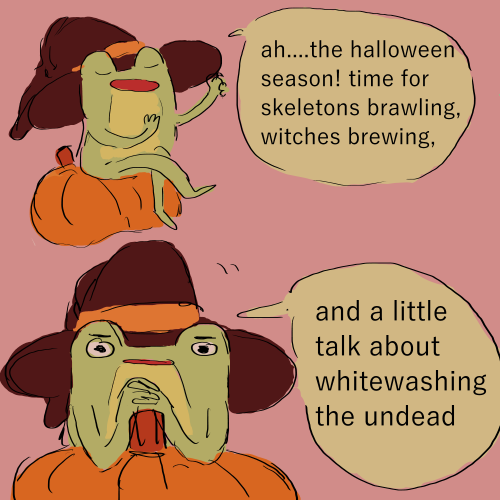

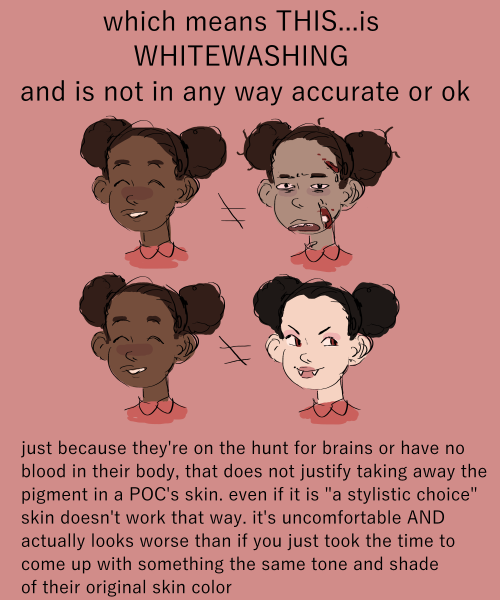

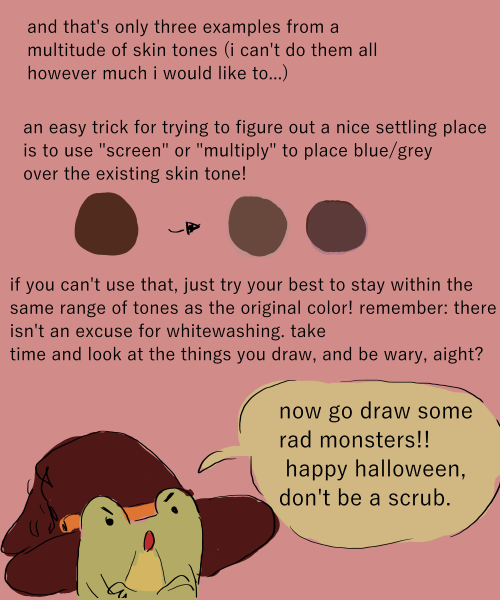
*cracks open a bag of candy and a jar of salt* SO, HALLOWEEN PSA TIME

- 6/13/2018
So I reread Like a Butterfly (a webtoon?/ comic/ manhua?/ idk it’s a comic and I think the authors Korean) and had a lot of fun redrawing the main grandpa
[A mashup between 'In the Hall of the Mountain King' and 'Low' is playing.]

A comic book creator who just needs to learn to art and write betterhttps://www.instagram.com/evanebon/
413 posts

